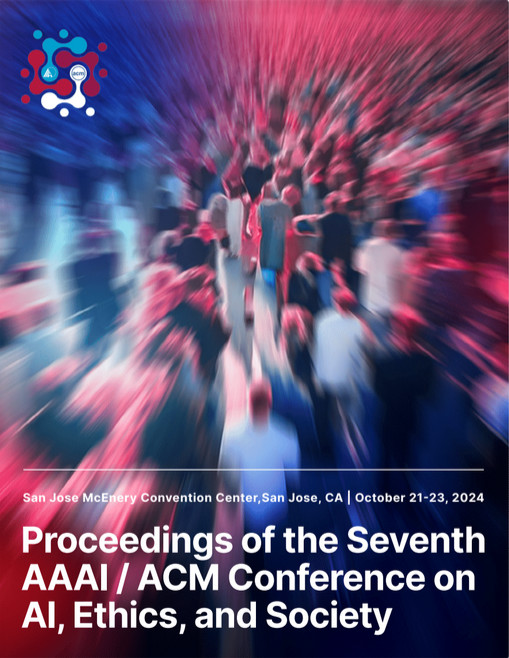When and Why is Persuasion Hard? A Computational Complexity Result
DOI:
https://doi.org/10.1609/aies.v7i1.31749Abstract
As generative foundation models improve, they also tend to become more persuasive, raising concerns that AI automation will enable governments, firms, and other actors to manipulate beliefs with unprecedented scale and effectiveness at virtually no cost. The full economic and social ramifications of this trend have been difficult to foresee, however, given that we currently lack a complete theoretical understanding of why persuasion is costly for human labor to produce in the first place. This paper places human and AI agents on a common conceptual footing by formalizing informational persuasion as a mathematical decision problem and characterizing its computational complexity. A novel proof establishes that persuasive messages are challenging to discover (NP-Hard) but easy to adopt if supplied by others (NP). This asymmetry helps explain why people are susceptible to persuasion, even in contexts where all relevant information is publicly available. The result also illuminates why litigation, strategic communication, and other persuasion-oriented activities have historically been so human capital intensive, and it provides a new theoretical basis for studying how AI will impact various industries.Downloads
Published
2024-10-16
How to Cite
Wojtowicz, Z. (2024). When and Why is Persuasion Hard? A Computational Complexity Result. Proceedings of the AAAI/ACM Conference on AI, Ethics, and Society, 7(1), 1591-1594. https://doi.org/10.1609/aies.v7i1.31749
Issue
Section
Full Archival Papers

